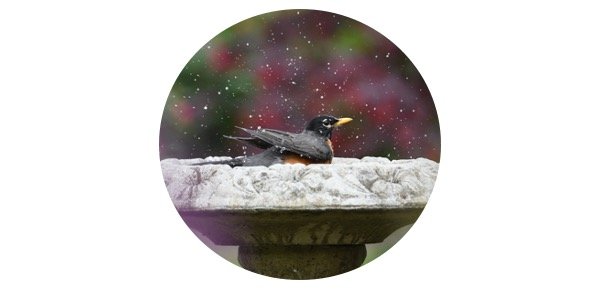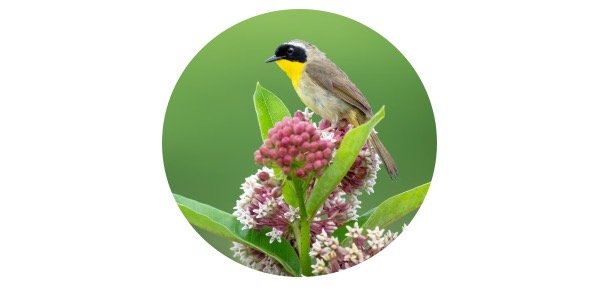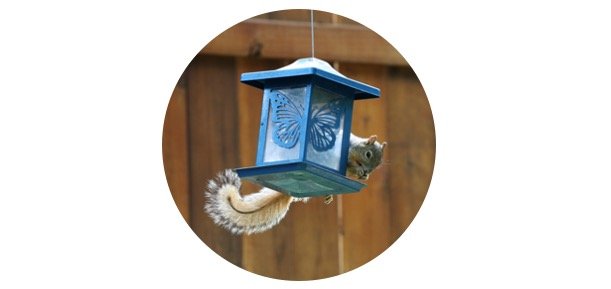10 Proven Tips On How To Attract Blue Jays To Your Yard
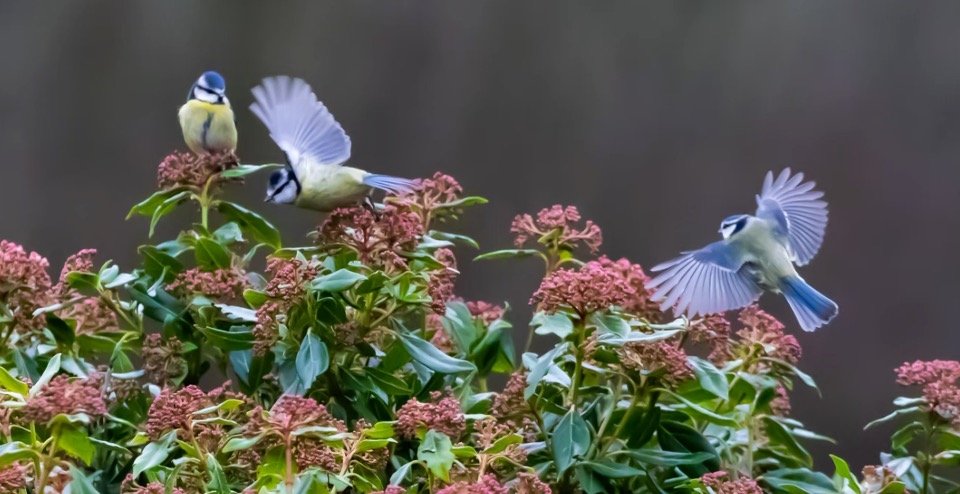
Table of Contents
How To Attract Blue Jays: All You Need To Know
Cyanocitta cristata is commonly known as a blue jay. The bird is a large-sized member of the songbird family. Due to their fondness of acorns, the birds are very beneficial for spreading Oak forests across North America, thus they have significant importance for their benefits to the fauna and flora.
The birds are raucous but also extremely beautiful. You can attract these feathered creatures in your backyard in some effective ways. In this article, we will discuss some ways to attract blue jays.
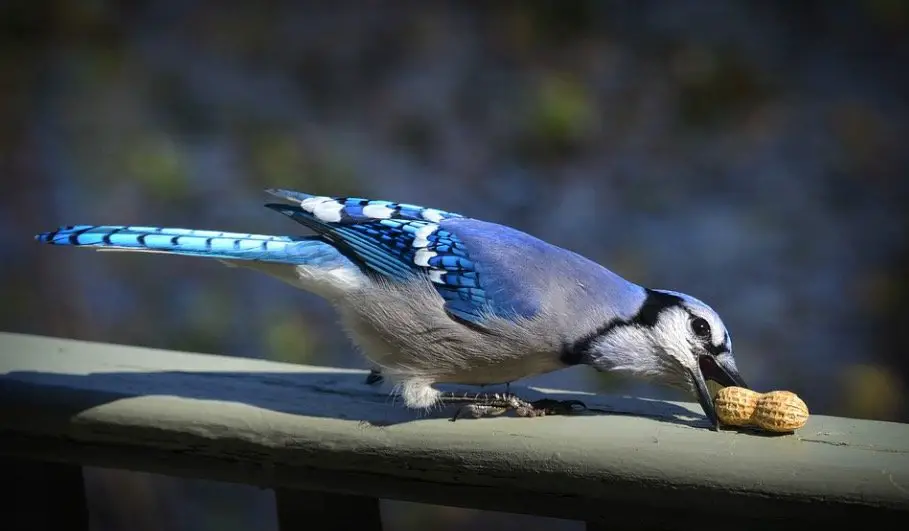
i. Go nuts!
If you want to attract blue jays in your garden, you should add unsalted nuts to your bird feeders. Along with peanuts, blue jays also love seeds, grains, and corns. Acorns and nuts can be cracked by blue jays with the help of their strong black bills.
However, blue jays eat almost everything but don’t serve them too spicy and seasoned heavily. Berries, small fruits, sunflower seeds, and insects are also liked by blue jays. If a beech or Oaktree is hosted by you, the birds will appreciate the ready source of nuts and thick foliage.
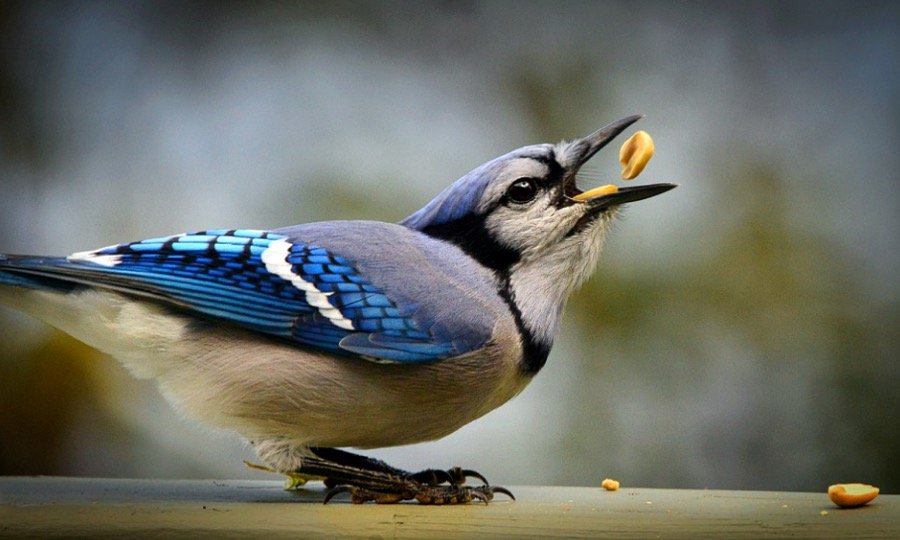
ii. Lure blue jays with leaf litter
If the birds find food such as nuts, and seeds, they collect them under leaf litter or in crevices. When the bird finds ant nut especially peanuts from your yard feeder, it buries it in a heap of leaf litter under an Oak tree.
But most of the time, after hiding nuts birds usually forget about it, and during next spring, hundreds of nuts appear sprouting.
If you are willing to welcome these creatures in your garden, keep leaf litter in your yard because the litter is used by blue jays to camouflage their autumn catches. So, a mass of litter gives the birds a perfect reason for revisiting the area during the winter season.
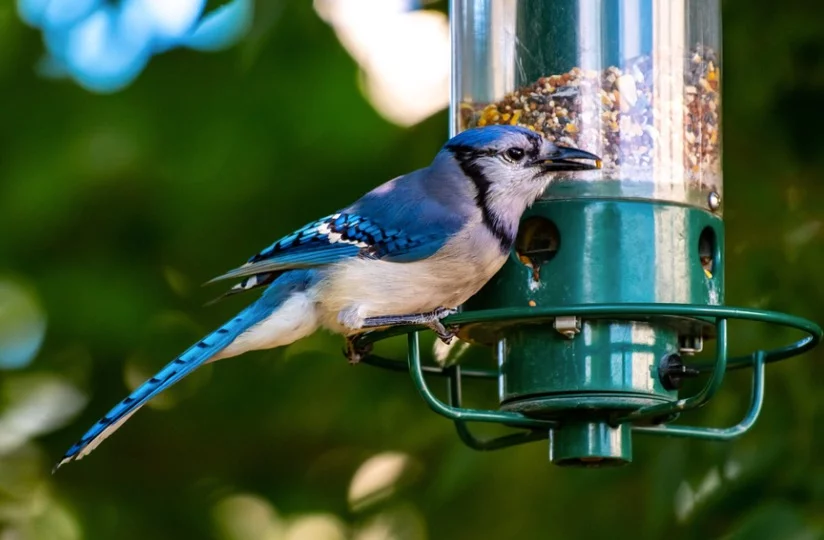
iii. Install a blue jay specific feeders
You can use a tray of a platform feeder to attract the blue jays in your garden. The birds do not like hanging feeders because they do not find any support in such feeders so avoid hanging feeders that swing or sway.
You can also opt for ground or pole-mounted feeders and fill the feeder with peanuts, corn, sunflower seeds, and suet balls for hungry jays. Instead of a grain or seed feeder, you should prefer a suet feeder that will make the blue jays happy.
The bird has a large-sized body so select the feeder that can accommodate the weight and size of the birds. The length of an adult bird can be around 9 to 12 inches and the weight lies from 2.5 to 3.5 ounces.

iv. Encourage nesting in your yard
Generally, more than one nest is built by blue jays. The birds immediately leave the place if they spot any predator in the area. The nest is created by both the parents in which males contribute in gathering nesting material all-female usually construct the nest.
Birdhouses are not useful for attracting them because the birds build their own nest in old and secure trees instead of living in a birdhouse. Usually, the crook of a tree is preferred by blue jay to make its nest and the female bird lays up to seven eggs in the nest.
If you have woods or large trees in your yard, you can provide them with an ideal nesting place. In such places, the birds will attract naturally. However, you should also plant some shrubs and trees in your backyard garden.
To encourage nesting, you can provide sticks, twigs, and grass clippings. The nesting platforms of at least 8 inches square or larger base will be beneficial for blue jays.
v. The location of the feeder is the key
Try to place your feeder near any tree or shrubbery that is an ideal spot for it. Placing the feeder near trees provides a place for the birds to sit and eat from the feeder.
Blue jays have very cautious behavior so if they saw any human lurking nearby their feeder, they will never approach it. You can watch from your window that how the birds are behaving and using their intelligence if you are interested in observing them but never sit next to the feeder.
Another thing that should be considered in place the feeder in a shady place and avoid direct sunlight. Most diurnal birds use daylight hours in collecting more food at a time. To ensure that the birds don’t need to cover large distances and don’t spend a lot of time in the heat.
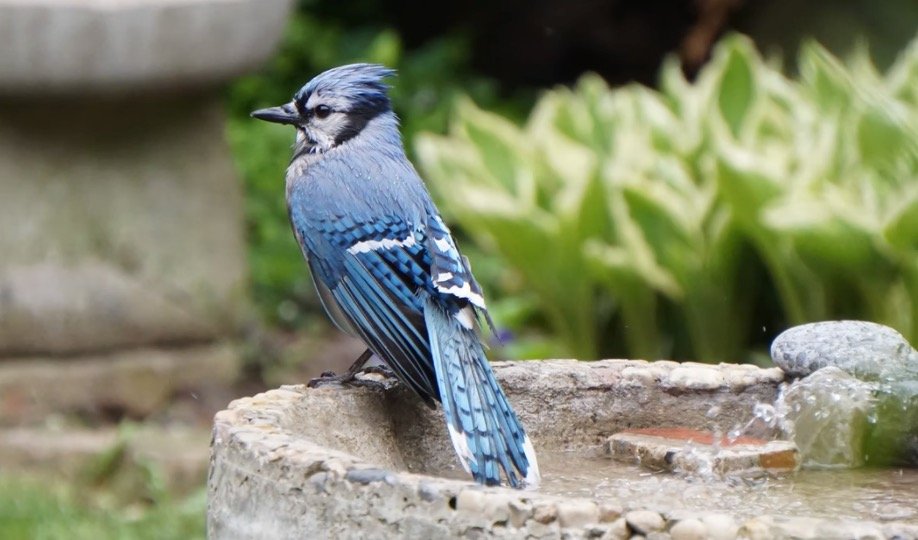
vi. Create a ‘blue jay hot tub’
After eating all the peanuts, the birds require water for drinking and beating the heat. For drinking, provide the hot water and blue jays love to splash around in a hot tub. You can attract these large songbirds by arranging a large birdbath in your garden.
The bird will attract towards to birdbath and splash in the water. Blue jays do not migrate and remain in their ranges, so during winter, you should provide them with a heated birdbath. If you can arrange a large-sized birdbath, it will attract more birds in a single birdbath.
The birds searching water will visit in your birdbath. A pedestal birdbath is also used by some people that have a very beautiful look and it gives elegance to the landscape of your yard.
vii. Keep your distance
As discussed above, the birds are very cautious and avoid humans around them. The birds are also extremely territorial and when they see any dog, cat, or human they dive at them.
The birds will fly too close to show their discomfort if you go nearby. But the birds never run into you if it is not an accident. So don’t worry. If a blue jay starts living in your yard, so the best decision you can make is to limit your time for spending near the nest site.
Try to stay out of the area at least for some days. While standing near a newly fledged young, be careful and stay alert. The birds are very careful towards their young and territories.
viii. Get ready for the mating season
Blue jays make pairs for life, which means the birds are monogamous. You can provide a pile of twigs and sticks to help the birds for building their nest from March to July. This time is the mating and breeding season of blue jays.
Your step to provide them nesting material will help birds and eliminate their steps made for collecting the nesting material. During their mating season, you can help these feathered creatures by providing them food in feeders and attracting blue jays in your yard.
You should install a large bird feeder or a ground feeder in your yard and also put some seeds for hungry jays.
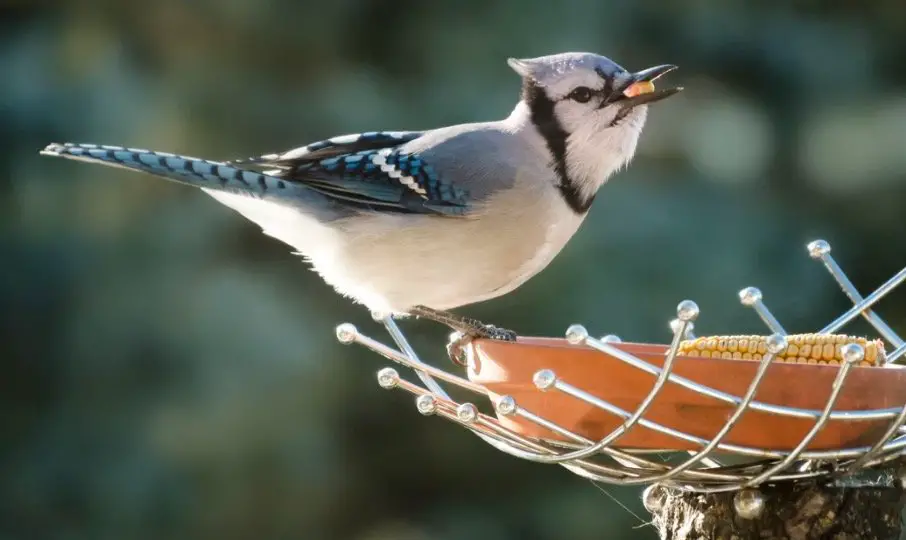
ix. Lure jays with the right plants
However it is a slow method, but planting Oak trees in your garden is the best method for attracting blue jays. Blue jays also love to feast on beechnuts, so you can plant beech trees also in your yard.
You can get more options for eating, perching, and nesting by planting more trees in your garden. Most of the part of a blue jay’s diet is made up of beechnuts and acorns, so you can attract these birds by adding these trees to your yard.
The trees are also helpful for providing elegant beauty to your garden and elevating your property along with attracting the blue jays.
x. Squirrel-proof your blue jay feeders
It is very important to protect your feeder from the attack of squirrels. You can use squirrel-proof feeders, which are best for protecting your feeders. Also, you can opt for other techniques for making a feeder squirrel resistant.
If you secure your bird feeder, it ensures the blue jays that they have enough food and do not have competition with wild squirrels. You can also install a baffle for protecting the food from squirrels. You can add a baffle to poles or inverted bowls.
It is a very important tool for this purpose. The base of the pole is encircled by the baffle, which prevents squirrels from climbing in the pole. When you place the baffle above the bird feeder, it protects the feeder from all attacks.
